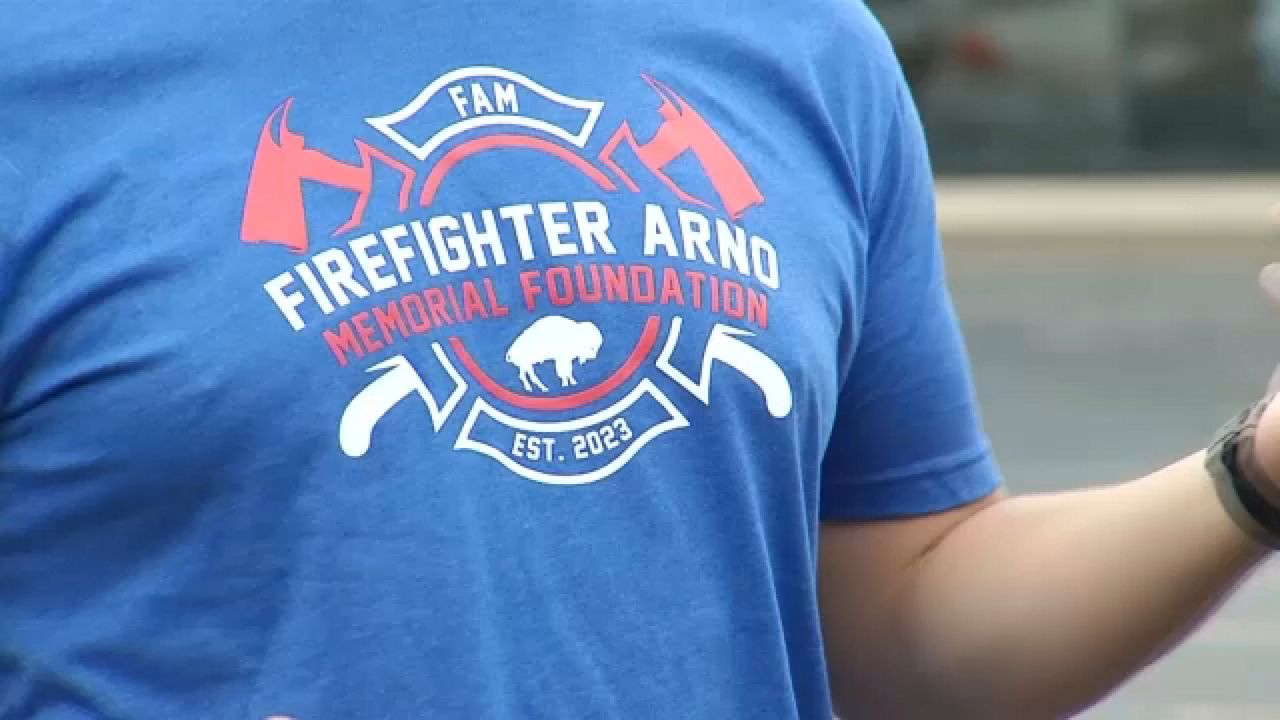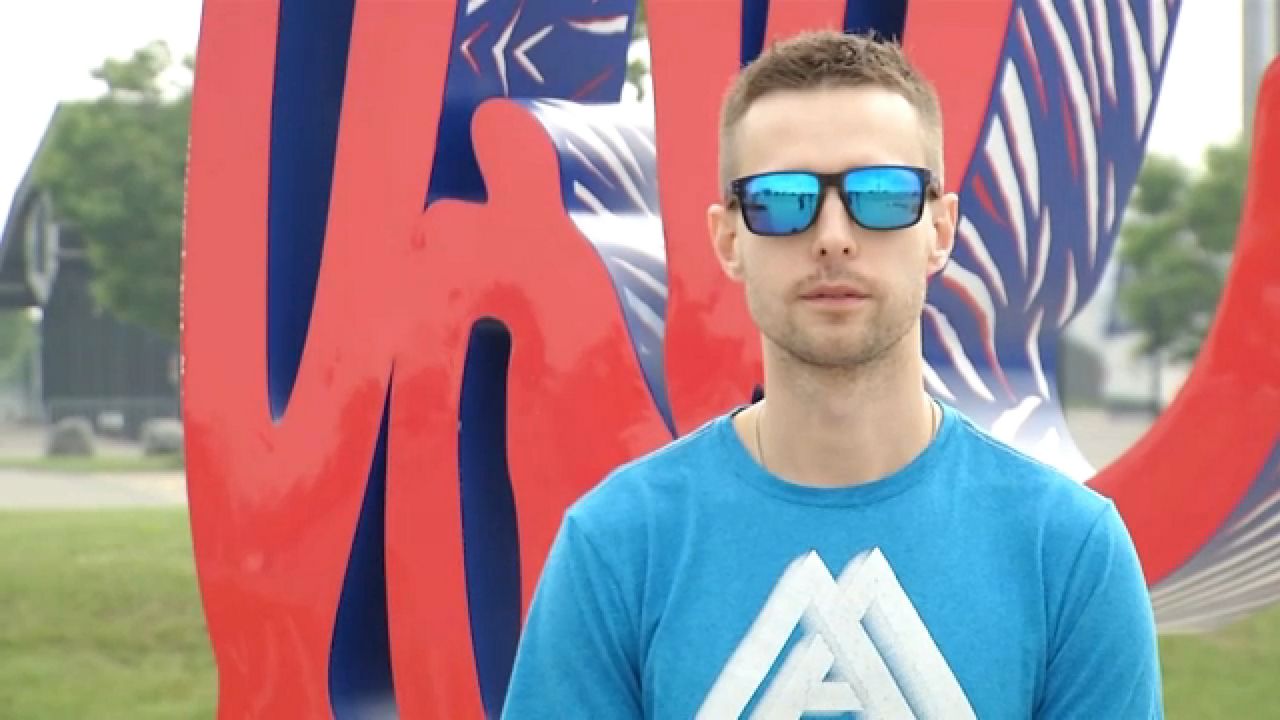When you’re faced with a medical emergency, every second counts. That’s why training is so important. But it’s one thing to go over a scenario, and another to see it actually happen.
"Head tilt, chin lift. Make sure you open that airway," said Russ Crispell, addressing his first-aid class.
The steps to save a life might feel a bit low-stakes in a classroom setting.
"I feel there's a better way," Crispell added.
Crispell, an adjunct professor at SUNY Niagara, has taught first aid for years.
"I really started at age 16, when I had to perform CPR on my father, and I wasn't successful," he recalled. "So I made a vow that I would start teaching that, and really get involved and I've been teaching it ever since.”
But written scenarios and mannequins aren’t real life.
"That just doesn't seem to really connect with them," Crispell said.
"You need to be able to respond and respond appropriately," added student Tracy Solotes, who had to perform CPR on his dad years ago.
"I had an adrenaline rush," he said. "I had things that were on my mind like, 'Oh my God, is he going to be OK?' [...] When you're dealing with a mannequin, you don't...Those sensories are taken out of it."
That’s why Crispell is trying to put those senses in.
"You're out 45 miles in Denali, what would you do," Crispell asked, while pulling up a 360 video. "I can show it on the screen like I have here [in the classroom], but to be able to transfer that now in a more realistic scene. The use of virtual reality now comes into play."
Thanks to some grant funding, Crispell recorded some scenarios on a 360-degree camera.
"Is the scene safe? That's always the first premise," he said, looking around one of those settings.
With a VR headset, students can get that almost firsthand experience.
"It's a wow factor," Crispell explained.
"I’m here, like, I'm in Alaska in Denali right now," said Solotes after putting a VR headset on. "My heart's racing."
There are limitations, however.
"You can't be walking around with these VR glasses on you," Crispell said.
With only one headset, students haven’t all been able to try this out.
"I feel like if, when I took this class last semester, that this would have definitely fulfilled a missing link in in the educational process of learning first aid," Solotes said.
Crispell is hoping to get more glasses, but the ultimate goal is funding a 360-degree immersion room.
"On a long term basis, you're talking $40,000-$50,000, you've got an absolutely phenomenal room. You just have to dedicate that space," said Crispell. "We have that space here."
With that, you could potentially combine virtual immersion with hands-on lessons.
"[It's] just always so amazing to be looking at all this right now. Being in that moment... Like I literally, I paused there for a second because the gentleman's hurt and I feel like I want to go help him," said Solotes while in the simulation.
A way to bring classes to the next level, and perhaps prepare people better should a medical emergency happen.
"I think that's a lesson that they will never forget," Crispell said. "It's technology. Let's take advantage of it. Let's make it work for us."
Crispell says here are already thousands of 360 virtual reality videos available on YouTube.
Immersion wouldn’t just be useful for his first-aid classes though. They could provide a unique add-on to almost any other class as well.










